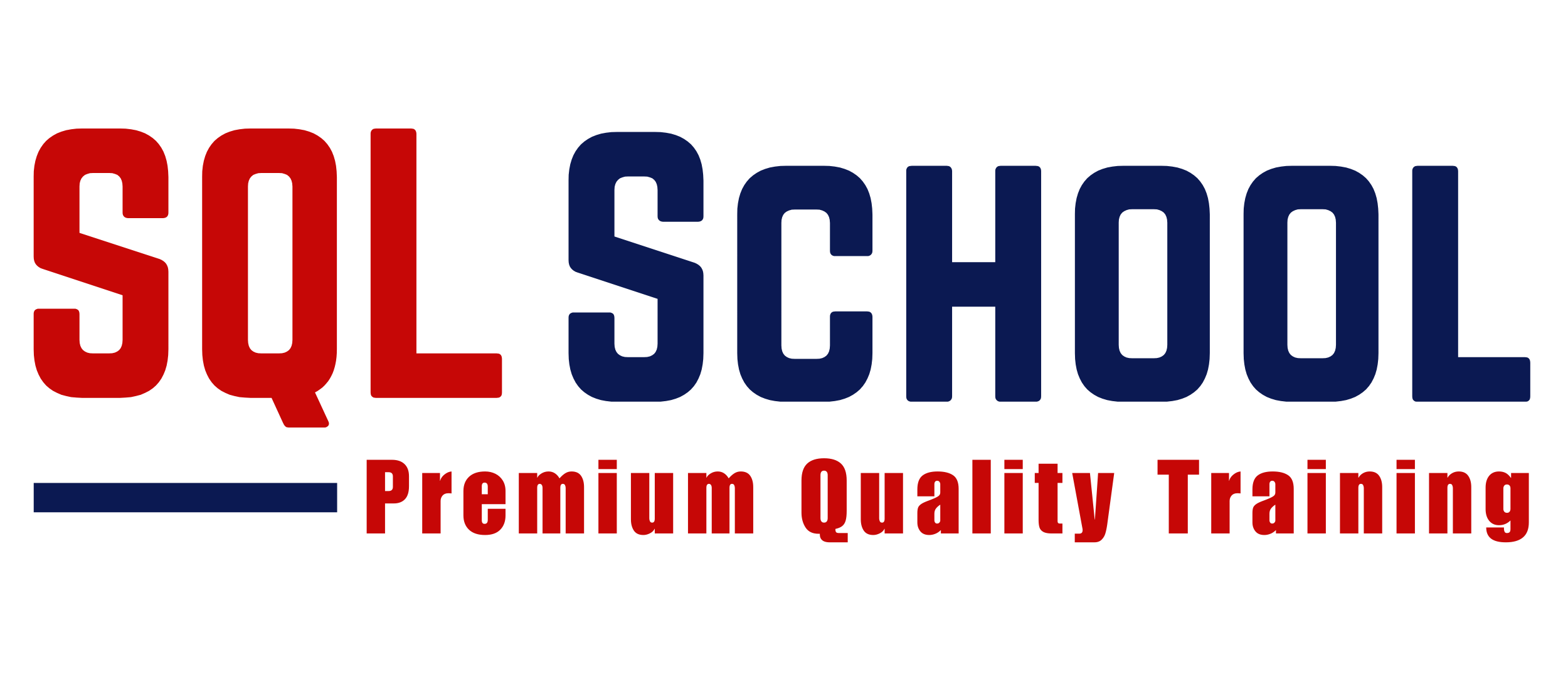🚀 #Day 3: 20 Essential Python Interview Questions & Answers
Welcome to Day 3 of the SQL School 15-Day Python Interview Series! Today, we’re diving deep into the fundamental concepts that form the bedrock of Python. Mastering these 20 questions will prove your core competency and prepare you for any foundational challenge in your technical interview.
📺 #Watch Day 3: Master the Python Fundamentals
This video is a rapid-fire session covering Python’s architecture, data structures, and best practices. Let’s unlock these core secrets together!
Don’t miss a single day! Subscribe to the SQL School YouTube Channel and build your interview-winning skills!
What’s On Deck for Day 3? A Deep Dive into Python’s Core
Today’s questions explore how Python works under the hood and clarify concepts that often trip up candidates.
🐍 Python Architecture & Core Concepts
- .py vs. .pyc Files: Understand that
.pyis your source code, while.pycis the compiled bytecode that allows for faster execution. - Global vs. Local Variables: Master variable scope. Local variables exist within a function, while global variables are accessible throughout the module.
- Parameter-Passing Mechanism: Learn that Python uses “pass-by-object-reference,” meaning it passes the reference to an object, not the object itself.
- The `__init__` Method: Know that
__init__is the class constructor, used to initialize an object’s state when it’s created.
🔧 Coding Best Practices & Syntax
- Multi-line Comments: Use triple quotes (
"""...""") to create multi-line comments and, more importantly, official docstrings. - PEP 8: Grasp the importance of Python’s official style guide for writing clean, readable, and professional code.
- Negative Indexing: Learn how to access elements from the end of a sequence (e.g., a list) where
-1refers to the last element.
💡 Hands-On Challenge: Find the Longest Word
Interviewers love this question to test your ability to manipulate strings and lists. It’s a classic for a reason!
Write a Python function that takes a sentence as a string and returns the longest word.
Click for a Hint! (Try it yourself first!)
You’ll need to split the sentence into a list of words first. Python’s built-in max() function is very powerful when you provide it with a key argument. How can you tell it to compare items based on their length?
Need the Solution? (Only after trying!)
def find_longest_word(sentence):
"""
Finds and returns the longest word from a given sentence.
Handles empty input strings gracefully.
"""
words = sentence.split()
if not words:
return "The sentence is empty."
# Use the max() function with 'len' as the key to find the longest word
return max(words, key=len)
# --- Test the implementation ---
my_sentence = "This series is designed to make you job-ready"
longest = find_longest_word(my_sentence)
print(f"The longest word is: '{longest}'") # Output: 'designed'
🌟 Why Day 3 is Crucial for Your Interview Success
The topics covered today are the language of Python interviews. Demonstrating a clear understanding of concepts like the difference between a .py and .pyc file or explaining PEP 8 shows the interviewer that you are a serious, professional developer who cares about code quality and performance.
Frequently Asked Python Interview Questions (FAQs)
Q1: What is the difference between a list and a tuple in Python?
The core difference is mutability. Lists are mutable, meaning you can change their content (add, remove, or modify elements). Tuples are immutable; once created, their content cannot be changed. This makes tuples faster and safer for data that should not be altered.
Q2: How do you create an empty class in Python?
You can create an empty class using the pass statement. The pass statement is a null operation; nothing happens when it executes. It’s used as a placeholder where syntax requires a statement but no action is needed.
class EmptyClass:
pass
Q3: Is Python an interpreted or compiled language?
Python is an interpreted language. The interpreter executes code line by line. However, this is a slight oversimplification. As we learned, Python first compiles your source code (.py) into bytecode (.pyc), and it’s this bytecode that is then interpreted by the Python Virtual Machine (PVM).
🎯 Day 3 Snapshot: Your Quick Reference
| Day 3 Focus Area | Why It Matters for Interviews | Your Immediate Action Step |
|---|---|---|
| Python Internals | Shows you understand how Python works, not just what it does. | Explain the purpose of a .pyc file. |
| Data Structures & Methods | Proves you can choose the right tool and syntax for the job. | Use negative indexing to get the last item of a list. |
| Coding Best Practices | Demonstrates professionalism and teamwork ability. | Explain what PEP 8 is and why it’s important. |
✨ Final Thoughts: Building a Rock-Solid Foundation
Day 3 was all about reinforcing your core knowledge. You’re moving from someone who can simply write Python code to someone who truly understands it. This is the confidence that will shine through in your interviews. Keep building on this solid foundation!
Ready for #Day 4? Make sure you’ve subscribed to our YouTube Channel to tackle advanced topics next!
#PythonInterview #PythonTraining #LearnPython #PythonForBeginners #PythonFullStack #PythonAI #SQLSchool #JobReadySkills #DataEngineer #PythonTutorial #CodingChallenge #TechInterview
